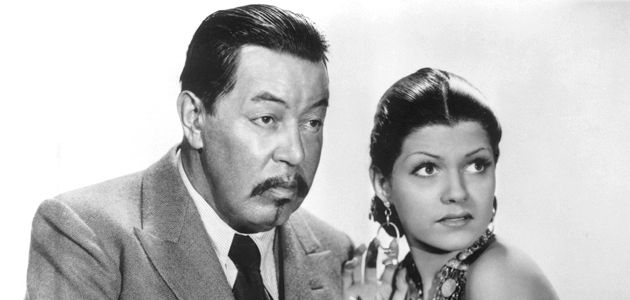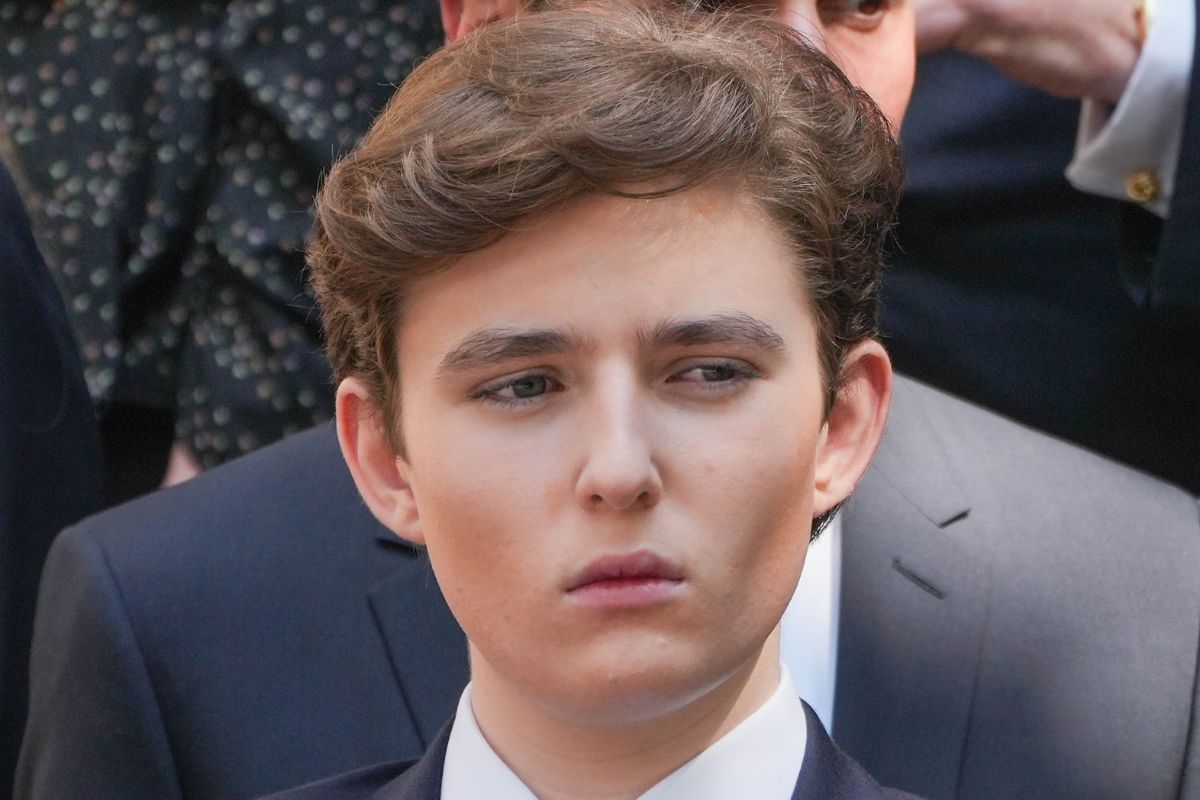
Charlie Chan might be getting a new lease on life as a popular character, but some storied depictions of minorities in pop culture haven't aged as well. Here are five of the most dated and stereotyped characters in movies, cartoons, and literature.
Photo: Warner Oland with Rita Cansino (later Rita Hayworth) in 1935's Charlie Chan in Egypt.
Dr. Fu Manchu first appeared as a character in Sax Rohmer's stories in 1913 and played into the American stereotypes of Asians as involved in covert organized crime and villainous behavior—in Rohmer's description, Fu was "the yellow peril incarnate in one man." Created during a period in which Chinese labor was seen as a threat to U.S. workers, Fu Manchu was brilliant and spoke fluent English, but was inherently unfeeling and conniving, and plotted to take over the world. He represented one of two models of Asian male depicted in 20th-century American pop culture; the other was the bumbling, nonthreatening buffoon Charlie Chan.
Though Joel Chandler Harris's late-19th-century evocation of Uncle Remus, based directly on the tales of former slaves, preserves him as the all-knowing, funny philosopher-king of the Br'er Rabbit folktales, in Disney's 1946 Song of the South the character was a different man. A mixture of live action and animation, the film ignored Harris's post-slavery setting and instead showed still-enslaved African-Americans happily singing and dancing in the fields, seemingly thrilled at the prospect of serving their masters. Remus plays the "magic black man" role in the movie, concerning himself mostly with the well-being of a young white boy whose parents are splitting up. The NAACP condemned the film after its release, and Disney has since "permanently retired" Song of the South.
J. M. Barrie published Peter Pan in 1911, and Disney's 1953 movie version capitalized on midcentury pop culture's depiction of the Western-movie "Hollywood Injun" rather than the story's more violent, scalp-happy race. The Disney version was a face-painted, feather-wearing tribe, distinguished as "other" from our palefaced heroes by their baby-talk English ("How!") and wacky-weed pipe-smoking. To drive home the primitive and different nature of the tribe, one of the movie's songs infamously asked, "What makes the red man red?"
If it weren't hamfisted enough to give the Asian foreign-exchange student a mocking, double-entendre name or to have him speak in bawdy broken English ("No more yanky my wanky"), the score of this 1984 John Hughes movie sounded a gong to emphasize Long Duk Dong's onscreen antics. "Every single Asian dude who went to high school or junior high during the era of John Hughes movies was called 'Donger,'" Martin Wong, co-editor of Giant Robot, told NPR about Dong's long shadow.
While the character is today familiar and often beloved in Latino pop culture, the original Speedy cartoons were riddled with stereotypes and unflattering characterizations of Mexicans. Speedy was speedy, a trait that made him stand out among his lethargic, perpetually lazy friends, who were also hard drinkers. Today, when vintage Speedy episodes re-air, they usually come with a pre-roll disclaimer about the cartoons existing as "products of their time."
Uncommon Knowledge
Newsweek is committed to challenging conventional wisdom and finding connections in the search for common ground.
Newsweek is committed to challenging conventional wisdom and finding connections in the search for common ground.
About the writer
To read how Newsweek uses AI as a newsroom tool, Click here.






